Columbian Ground Squirrel
- December 18, 2023
- 0 comment
The Columbian Ground Squirrel (Urocitellus columbianus) is a fascinating rodent species native to North America, particularly found in mountainous regions of western Canada and the United States. These charming creatures, known for their distinctive behaviors and appearances, have a significant presence in their ecosystems. Identified by their strikingly marked fur, which typically ranges from shades of brown to gray, these ground squirrels exhibit sexual dimorphism, with males often being larger than females.
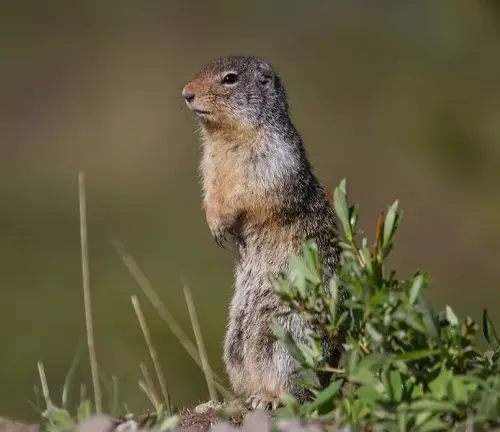
Their identification is further characterized by a short tail and a relatively stocky build. In terms of conflicts, Columbian Ground Squirrels may occasionally come into conflict with agricultural activities due to their burrowing habits, which can damage crops and infrastructure. Despite such conflicts, these squirrels are not listed under any particular legal status that restricts their protection or management. Their species range spans across alpine and subalpine meadows, showcasing their adaptability to a variety of habitats.
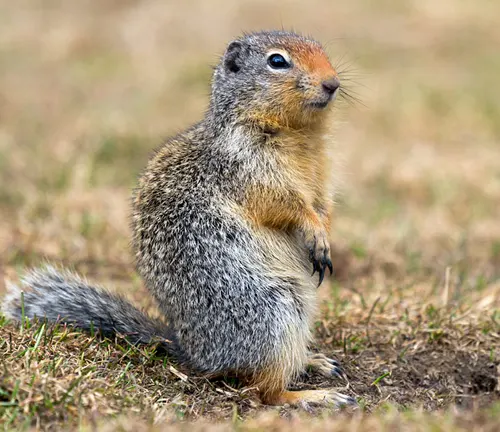
While they contribute positively to their ecosystems by aiding in seed dispersal, their burrowing habits may pose safety concerns in certain areas, such as hiking trails or fields, where the risk of tripping or injuries could arise. As with any wildlife, it is crucial to strike a balance between conservation efforts and addressing potential conflicts to ensure the coexistence of humans and these remarkable Columbian Ground Squirrels.
| Aspect | Details |
|---|---|
| Scientific Name | Urocitellus columbianus |
| Size | Small to medium-sized, with males larger than females |
| Fur Color | Shades of brown to gray, with distinctive markings |
| Tail Length | Short |
| Build | Relatively stocky |
| Habitat | Alpine and subalpine meadows in western Canada and the U.S. |
| Behaviors | Known for burrowing habits; may come into conflict with agriculture |
| Legal Status | Not listed under specific legal restrictions |
| Range | Western Canada and the United States |
| Ecological Role | Contributes to seed dispersal in ecosystems |
| Safety Concerns | Potential risks of tripping or injuries in areas with burrows |
Unveiling the Life of the Columbian Ground Squirrel
General Biology of the Columbian Ground Squirrel
The Columbian Ground Squirrel (Urocitellus columbianus) stands as a fascinating denizen of North American mountainous regions, offering a unique glimpse into the intricacies of its general biology. This small to medium-sized rodent, adorned in shades of brown to gray with distinctive markings, navigates its alpine and subalpine habitats with agility. Males, displaying sexual dimorphism, boast a larger stature compared to their female counterparts. Short tails and a stocky build contribute to their unmistakable appearance, while their burrowing habits play a vital role in shaping their ecosystems.
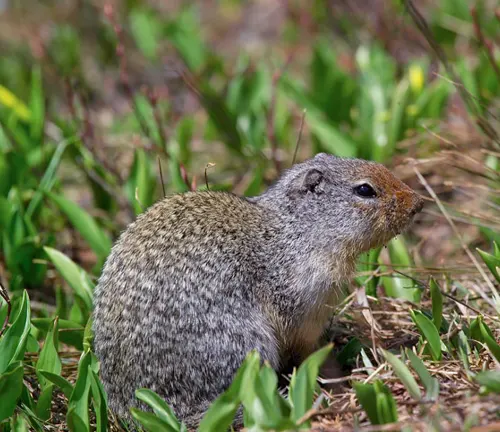
A Cycle of Renewal
Delving into the realm of reproduction, the Columbian Ground Squirrel showcases a carefully orchestrated cycle of renewal. Breeding typically occurs during a brief period in spring, with females giving birth to litters of adorable pups. The gestation period is relatively short, marking the beginning of a new generation that will soon explore the meadows and contribute to the thriving population of these charismatic rodents.
A Tapestry of Intriguing Habits
The behavioral repertoire of the Columbian Ground Squirrel is nothing short of intriguing. Their burrowing habits not only provide shelter and protection but also play a role in seed dispersal, contributing to the ecological balance of their habitat. These rodents are known for their social tendencies, often forming colonies that enhance their communal defence against predators. Vigilant and alert, they exhibit a unique combination of foraging and surveillance behaviors, making them integral components of their alpine ecosystems.
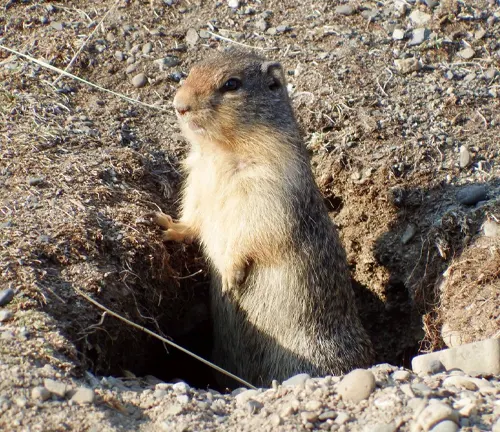
Crafting Homes in the Earth
Nesting and denning cover represent crucial aspects of the Columbian Ground Squirrel’s life. Their burrows serve as intricate systems of interconnected tunnels, providing shelter from predators and harsh weather conditions. These subterranean abodes also serve as safe havens for raising their young, emphasizing the importance of these structures in the squirrel’s life cycle.
Conquering Alpine Meadows
The Columbian Ground Squirrel’s habitat preference revolves around alpine and subalpine meadows, where they navigate the undulating landscapes with remarkable ease. These ecosystems provide an abundance of vegetation for foraging, along with ample opportunities for burrow construction. Their adaptability to these high-altitude environments showcases their resilience and ability to thrive in challenging conditions.
Foraging in the High Country
A closer look at the food habits of Columbian Ground Squirrels reveals a diverse diet. These rodents are opportunistic foragers, consuming a variety of plants, seeds, and occasionally insects. Their foraging activities contribute to seed dispersal, aiding in the regeneration of plant life within their habitats. This dietary flexibility allows them to navigate the dynamic conditions of alpine ecosystems.
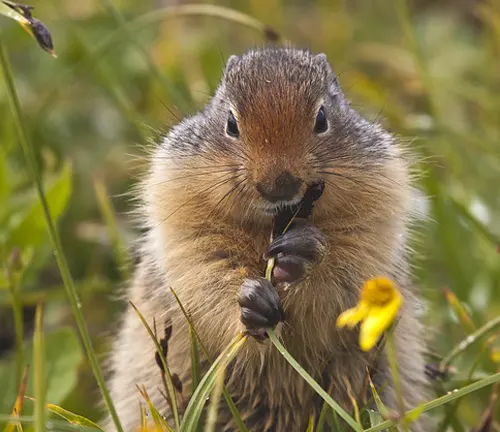
Communicating in Nature’s Symphony
The Columbian Ground Squirrel communicates through a combination of vocalizations, sounds, tracks, and signs. While their vocalizations might not be as prominent as some other species, they use chirps and whistles to convey information within their colonies. Tracks and signs, such as distinctive burrow entrances and markings, provide valuable insights into their activities, leaving a nuanced trail for those keen enough to observe.
Identifying Damage Caused by the Columbian Ground Squirrel
A Closer Look at the Culprit
The Columbian Ground Squirrel, with its charming appearance and unique behaviors, shares its habitat with human activities, sometimes leading to conflicts. Understanding the specific damage caused by these rodents is crucial in developing strategies for coexistence. From landscapes to crops and structures, the impact of the Columbian Ground Squirrel can be identified through careful observation and consideration.
Unraveling the Burrowed Impact
One of the primary ways in which Columbian Ground Squirrels leave their mark is through their burrowing habits, which can significantly impact landscapes. As these rodents construct intricate systems of tunnels and burrows, the integrity of the terrain is altered. This alteration, while natural for the squirrels, may pose challenges for human activities such as hiking, camping, and even landscaping efforts. Recognizing the signs of burrowed landscapes is key to addressing their impact in recreational and residential areas.
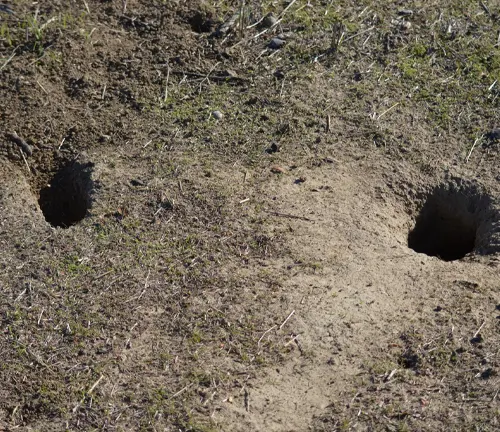
A Balancing Act
For farmers and ranchers in the regions inhabited by Columbian Ground Squirrels, the interaction with these rodents takes on a different dimension. While the squirrels are not known for direct predation on crops or livestock, their burrowing activities can disrupt agricultural fields. This disruption can result in damage to crops and present challenges for livestock management. Identifying the specific damage to crops and implementing effective mitigation strategies becomes imperative for those working in agriculture in squirrel-populated areas.
When Burrows Clash with Human Spaces
The Columbian Ground Squirrel’s affinity for burrowing extends beyond open landscapes to potential conflicts with human structures. Burrows dug near buildings, roads, or other infrastructure can compromise the stability of the ground, posing risks to foundations and creating safety concerns. Recognizing the signs of structural damage caused by these burrows is crucial for implementing measures that balance the preservation of human spaces with the natural behaviors of the Columbian Ground Squirrel.
Strategies for Damage Prevention and Control of the Columbian Ground Squirrel
Damage Prevention and Control Methods: A Comprehensive Approach
As the presence of Columbian Ground Squirrels intersects with human activities, implementing effective damage prevention and control methods becomes paramount. This article explores a range of strategies, from habitat modification to direct control measures, offering insights into how to manage and mitigate the impact of these rodents on landscapes, crops, and structures.
Balancing Nature and Human Spaces
One key approach to minimizing the impact of Columbian Ground Squirrels involves habitat modification. By understanding their preferred habitats, it becomes possible to make strategic adjustments that deter these rodents from high-conflict areas. Techniques such as altering vegetation density or introducing natural deterrents can create a more harmonious balance between the squirrels and human-inhabited spaces.
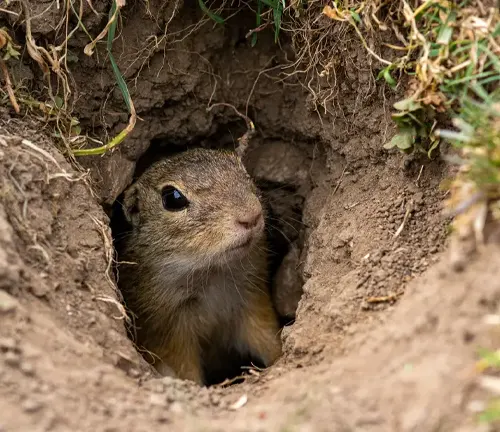
Building Barriers Against Conflict
Exclusion methods play a crucial role in preventing Columbian Ground Squirrels from encroaching on sensitive areas. Installing physical barriers, such as fences or netting, can effectively keep them away from crops or structures. This proactive approach minimizes the need for reactive measures and provides a sustainable solution to protect agricultural fields, gardens, and other vulnerable spaces.
Instilling Caution Through Innovation
Incorporating frightening devices into the landscape can serve as an innovative strategy to deter Columbian Ground Squirrels. These devices, ranging from motion-activated sprinklers to auditory deterrents, leverage the rodents’ sensitivity to disturbances, encouraging them to seek less disruptive environments. This humane approach aims to guide their behavior away from areas where conflicts with human activities are likely.
Aromatic Solutions to Discourage Intrusion
Repellents offer an olfactory approach to damage prevention. By applying natural or chemical substances with strong scents, such as predator odors or specific repellent formulations, it’s possible to create an environment that Columbian Ground Squirrels find unappealing. This method is particularly effective for protecting specific plants, crops, or structures without causing harm to the rodents.
Balancing Safety and Effectiveness
While toxicants can be a more aggressive approach, their use should be approached with caution. Implementing rodenticides requires careful consideration of environmental impact and potential risks to non-target species. When applied responsibly, toxicants can be an effective tool for reducing Columbian Ground Squirrel populations, particularly in areas where other methods may prove challenging.
Precision Control in Agricultural Settings
In certain agricultural settings, shooting may be considered as a targeted method for controlling Columbian Ground Squirrel populations. This method requires precision and adherence to local regulations to ensure ethical and humane practices. Shooting, when done responsibly, can provide a direct and immediate response to mitigate the impact on crops.
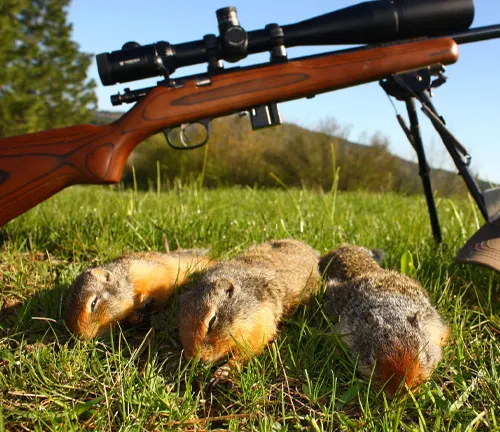
A Selective Approach to Population Management
Trapping presents a selective and humane approach to Columbian Ground Squirrel control. Live traps can be strategically placed to capture squirrels without causing harm, allowing for their relocation to more suitable habitats. This method is effective for managing specific individuals causing conflicts without impacting the broader ecosystem.
Different Species
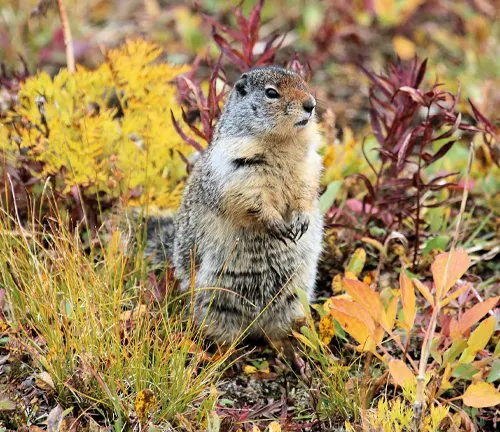
The Columbian Ground Squirrel (Urocitellus columbianus) is a species, and there are no different species of Columbian Ground Squirrel.
Frequently Asked Questions (FAQs)
1. What is a Columbian Ground Squirrel?
The Columbian Ground Squirrel (Urocitellus columbianus) is a species of ground-dwelling rodent native to North America, known for its distinctive appearance and behaviors.
2. Where are Columbian Ground Squirrels found?
They are primarily found in mountainous regions of western Canada and the United States, inhabiting alpine and subalpine meadows.
3. What does a Columbian Ground Squirrel look like?
Columbian Ground Squirrels are small to medium-sized rodents with fur ranging from brown to gray, distinctive markings, a short tail, and a relatively stocky build.
4. What is their habitat preference?
They prefer alpine and subalpine meadows, showcasing adaptability to high-altitude environments with abundant vegetation.
5. Are Columbian Ground Squirrels harmful to crops?
While they do not directly prey on crops, their burrowing habits can disrupt agricultural fields, potentially causing damage to crops and presenting challenges for livestock management.
6. How do Columbian Ground Squirrels contribute to ecosystems?
They play a role in seed dispersal, aiding in the regeneration of plant life within their habitats. Their burrows also serve as shelter for various small animals.
7. Are Columbian Ground Squirrels protected by law?
They are not listed under specific legal restrictions, but management practices may vary depending on local regulations.
8. What are the safety concerns associated with Columbian Ground Squirrels?
Safety concerns may arise in areas with burrows, such as hiking trails or fields, where the risk of tripping or injuries could be a consideration.
9. How can damage caused by Columbian Ground Squirrels be prevented?
Damage prevention methods include habitat modification, exclusion through barriers, frightening devices, repellents, toxicants (used cautiously), shooting (where permitted), and trapping.
10. Are there different subspecies of Columbian Ground Squirrels?
Yes, the Columbian Ground Squirrel has several recognized subspecies, each adapted to different regions within its overall range.
11. How can I identify signs of Columbian Ground Squirrel activity?
Signs include burrow entrances, tracks, and sounds. Recognizing these signs can help in understanding their presence in a particular area.
12. Are there any conservation concerns for Columbian Ground Squirrels?
Conservation concerns may vary, and monitoring their populations is essential to understanding any potential threats or conservation needs.


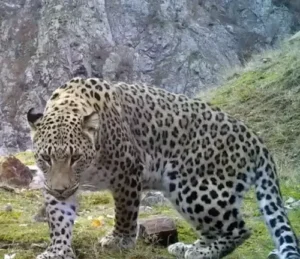
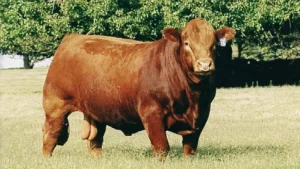
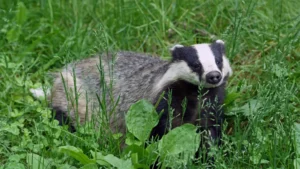
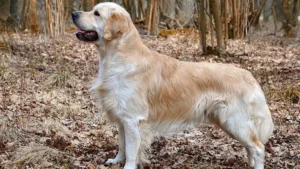
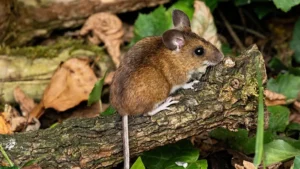

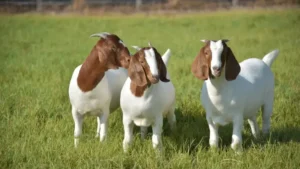


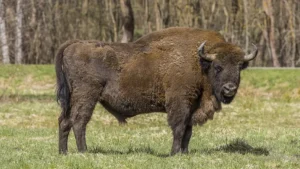
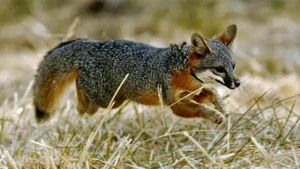

Leave your comment